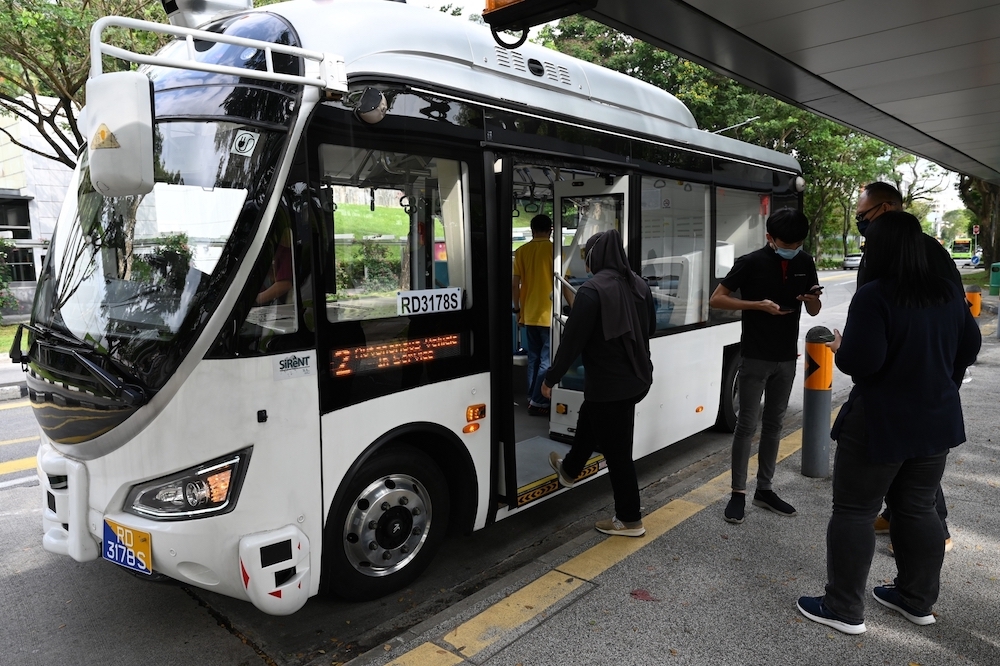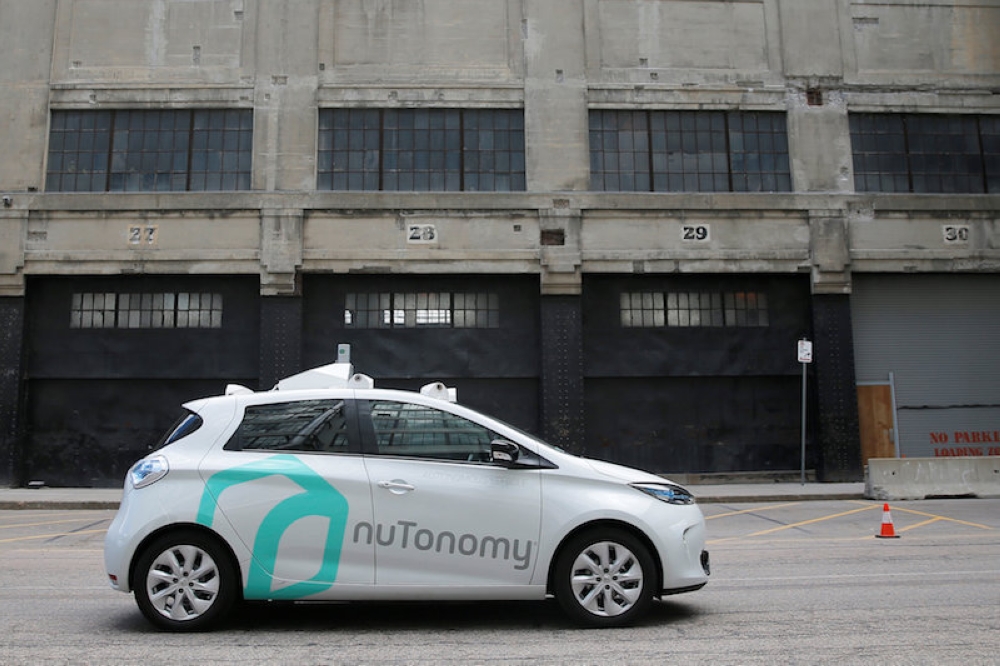
Driverless but not lawless: Malaysia gears up for AV laws — and how other countries compare

Trial of an autonomous electric bus service launched in Putrajaya in 2024. — Picture by Sayuti Zainudin
Friday, 19 Sep 2025 7:00 AM MYT
KUALA LUMPUR, Sept 19 — Malaysia will be drawing up a new law to govern autonomous vehicles (AVs) on its roads, joining the ranks of many developed nations embracing a driverless future.
On September 8, Digital Minister Gobind Singh Deo announced that the ministry is currently discussing the matter with the Road Transport Department (JPJ).
The announcement comes a year after passenger trials of the Autonomous Rapid Transit (ART) system — comprising trackless trams and autonomous 5G electric buses — were held in Putrajaya.
Sarawak is also set to deploy hydrogen-powered ART units next year, while Johor has also expressed similar ambitions.
Currently, Malaysia’s only regulation for AVs is the Guideline for Public Road Trials of Autonomous Vehicles, which primarily serves to support AV research and development activities.
What does the guideline say?
The guideline classifies AVs into five categories:
- Level 1: Driver Assistance — Vehicle is controlled by the driver, but some driving assist features may be included in the vehicle design.
- Level 2: Partial Automation — Vehicle has combined automated functions, like acceleration and steering, but the driver must remain engaged with the driving task and monitor the environment at all times.
- Level 3: Conditional Automation — Driver is a necessity, but is not required to monitor the environment. The driver must be ready to take control of the vehicle at all times with notice.
- Level 4: High Automation — The vehicle is capable of performing all driving functions under certain conditions. The driver may have the option to control the vehicle.
- Level 5: Full Automation — The vehicle is capable of performing all driving functions under all conditions.
Currently, Malaysia only permits trials for Level 3 vehicles.
The guideline provides for a six-month trial period, which may be followed by a 12-month extension upon approval from an evaluation committee and the Transport Ministry.
All AVs participating in the trials must have a fallback mechanism that allows safety officers to intervene and take control of the vehicle.
Passengers participating in the trials must be 18 years and above; not have special needs, illness or medium- to long-term chronic conditions (e.g. pregnancy, casts/braces, post-surgical recovery); and be physically able to grip and be secure by restraints.

An autonomous bus carrying passengers during a trial run from Singapore Science Park 2 to Haw Par Villa MRT station, Singapore, on January 26, 2021. — AFP pic
How are other countries regulating AVs?
Germany
In 2017, Germany passed a law allowing drivers to test self-driving vehicles, provided a black box was installed to record the journey. The driver would be held responsible for any accidents that occur while they are in control, but the manufacturer would be liable if the vehicle was operated by a self-driving system without a driver.
In July 2021, the country enacted its Autonomous Driving Act, touted to be the world’s first comprehensive legal framework for SAE-Level 4 AVs. (SAE refers to the Society of Automotive Engineers)
The law allows Level 4 AVs to operate without a driver physically present in the vehicle within designated areas. A human backup remotely monitors the vehicles and can intervene during critical situations.
In certain SAE Level 4 and 5 systems, passengers may also have the option of ending autonomous driving.
Japan
Japan approved Level 3 autonomous driving on public roads in 2020 and subsequently allowed Level 4 vehicles to operate on public roads under certain conditions since April 2023.
Level 4 vehicles in Japan are automated to drive without human intervention and can respond directly to difficult situations. For instance, a Level 4 vehicle should automatically stop at a safe place when driving gets difficult in certain situations.
Since 2023, local councils in Japan have been testing self-driving buses and earlier this year, Nissan announced plans to conduct trials on 20 AVs between 2025 and 2026. Aiming to tackle shortage of drivers in the ageing nation, Japan also plans to introduce driverless bullet trains by 2029.

A self-driving car developed by nuTonomy, a company specialising in autonomous vehicle software, is guided down a street near their Boston offices on June 2, 2017. — Reuters pic
United Kingdom
In 2024, the UK enacted the Automated Vehicles Act — almost a decade since self-driving trials began in the country. The Act will only take effect fully in late 2027.
However, the government has given the green light to self-driving taxi, private hire, and bus-like services.
Under the Act, every authorised automated vehicle must have an authorised self-driving entity (ASDE) — usually the vehicle’s manufacturer or developer. The ASDE is responsible for ensuring that the vehicle meets all regulatory obligations.
Meanwhile, no-user-in-charge (NUiC) vehicles — those that can fully operate without human drivers — must also have a licensed NUiC operator, in addition to an ASDE. The NUiC operator is responsible for detecting and resolving any issues that arise during driverless journeys.
***
Probably will be safer for Malaysia than is now
Driving a vehicle as a job , while not really desirable, is an important source of employment for a great many men with limited educational or other marketable skills.
ReplyDeleteThat is likely to come under severe threat from AVs in future, with serious Social-Political impact.
many factory flowing line operations r also important source of employment for a great many men with limited educational or other marketable skills. Yet soon these men/women would be replace by robots.
DeleteOoop… yr heirloom factory relies on these men/women with limited educational or other marketable skills!